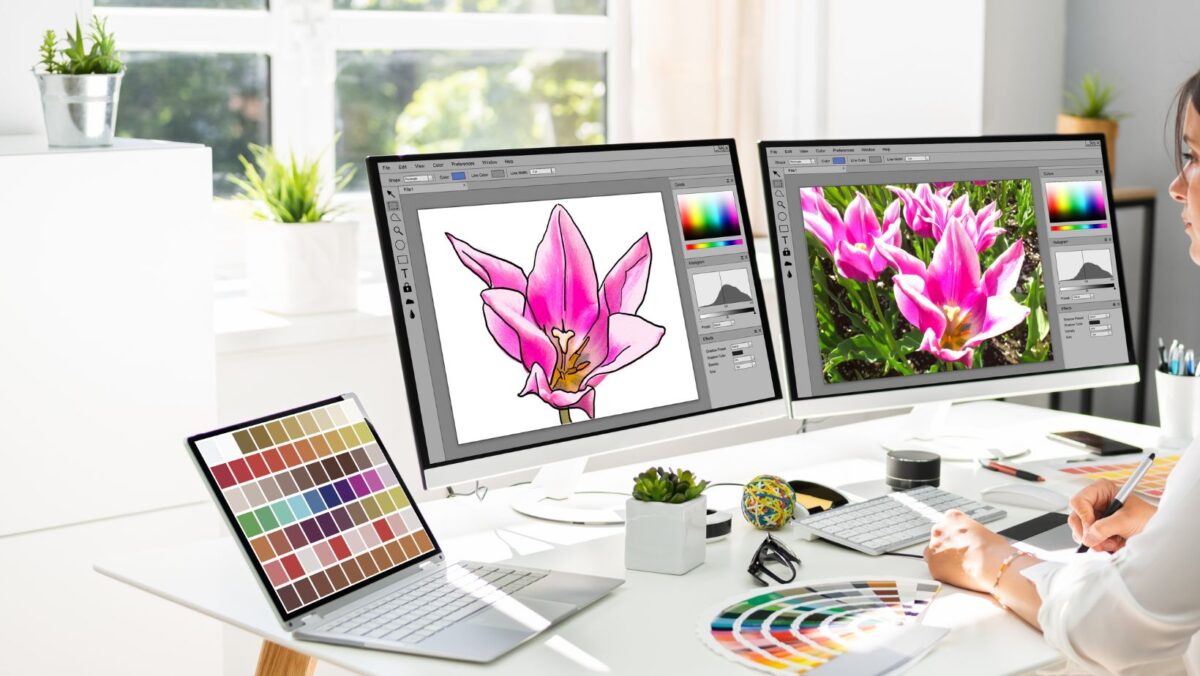What Does an Interactive Designer Do
As an interactive designer, my role revolves around creating engaging and user-friendly digital experiences. Whether it’s designing websites, mobile apps, or interactive media, my primary focus is on making the user’s journey seamless and enjoyable. I combine my knowledge of design principles with technical skills to bring ideas to life in a visually appealing and functional manner.
One of the key aspects of being an interactive designer is understanding the target audience and their needs. By conducting research and gathering insights, I ensure that the design not only looks good but also caters to the specific requirements of the users. This involves creating wireframes, prototypes, and mockups to visualize the layout and functionality before diving into the actual design process.
Collaboration is another essential part of my job as an interactive designer. Working closely with other team members such as developers, UX designers, and content creators allows us to create cohesive and integrated digital solutions. By combining our expertise and brainstorming ideas together, we can deliver high-quality products that meet both client expectations and user demands.
Roles and Responsibilities of an Interactive Designer
Designing User Interfaces
One of the primary roles of an interactive designer is to create visually appealing and user-friendly interfaces for digital products. This involves designing layouts, selecting color schemes, choosing typography, and creating icons and graphics that align with the brand’s identity. The goal is to ensure a seamless user experience by considering factors such as ease of navigation, intuitive interactions, and accessibility.
To illustrate this role in action, let’s consider the example of a mobile application. An interactive designer would carefully design each screen of the app, ensuring that elements are placed strategically for optimal usability. They would pay attention to details like button placements, icon clarity, and overall visual hierarchy to guide users through the interface effortlessly.
Creating Interactive Prototypes
Another crucial responsibility of an interactive designer is to bring ideas to life through interactive prototypes. These prototypes serve as a tangible representation of how a digital product will look and function before it goes into development. By using tools like Adobe XD or Figma, designers can create clickable mock-ups that simulate user interactions and flow.
For instance, if an interactive designer is working on a website redesign project, they might create an interactive prototype that allows stakeholders to navigate through different pages and experience various functionalities firsthand. This approach enables early feedback from clients or team members, leading to more efficient iterations during the design process.

Key Skills Required for an Interactive Designer
When it comes to being an interactive designer, there are several key skills that are essential for success in this field. As an expert in the industry, I’ve compiled a list of the most important skills that every interactive designer should possess. Let’s dive into them:
- Proficiency in Design Tools: An interactive designer must be well-versed in using design tools such as Adobe Creative Suite (Photoshop, Illustrator, InDesign) and Sketch. These tools enable designers to create visually appealing and engaging designs for websites, mobile apps, and other digital platforms.
- User Experience (UX) Design: A strong understanding of UX principles is crucial for an interactive designer. This involves creating intuitive user interfaces that provide seamless navigation and enhance the overall user experience. Being able to conduct user research and gather feedback is also vital in order to optimize designs based on user needs.
- Front-end Web Development: While not all interactive designers need to be expert coders, having a basic understanding of front-end web development languages like HTML, CSS, and JavaScript can greatly enhance their skill set. This knowledge allows designers to communicate effectively with developers and implement their designs accurately on various platforms.
Remember, these skills are not exhaustive, but they provide a solid foundation for anyone aspiring to be an interactive designer. By continuously honing these skills and staying up-to-date with industry trends and technologies, you’ll be well-equipped to tackle the challenges of this exciting field.
In summary, as an interactive designer, I am responsible for crafting visually appealing digital experiences that are intuitive for users to navigate. By understanding user needs, collaborating with others in the team, and utilizing design principles along with technical skills – I strive to create impactful designs that leave a lasting impression on users.

